Make Nature Legal Again Silver Coin
The glory of the Hindu-Buddhist kingdoms
Prior to the glory of the Hindu-Buddhist kingdoms, trade in the Indonesian archipelago (Nusantara) necessitated the use of more widely acceptable payment methods to replace the barter system. At first, simple payment methods were used, such as specific clamshells in Irian, beads in Bengkulu and Pekalongan, as well as stone axes (belincung) in Bekasi.s
Nevertheless, payment means advanced significantly during the Hindu-Buddhist kingdoms in terms of the materials and design. On the island of Java, for instance, metal was used as legal tender. The oldest Javanese coins were minted at the beginning of the 12th Century from gold and silver, known as Krisnala (Ma money) as a legacy of the Kingdom of Jenggala. Outside of Java, meanwhile, the Buton Kingdom used Kampua currency in circulation during the 9th Century.
The dominant Hindu-Buddhist kingdoms of Nusantara, such as Sriwijaya and Majapahit, minted their own coins. Unfortunately, however, no coins from the Sriwijaya Empire have ever been recovered. On the other hand, the Majapahit Empire left behind Gobog coins made of copper, which probably circulated during the 14th-16th Century. In addition to its function as currency, Gobog were also considered sacred objects.
GOBOG MAJAPAHIT
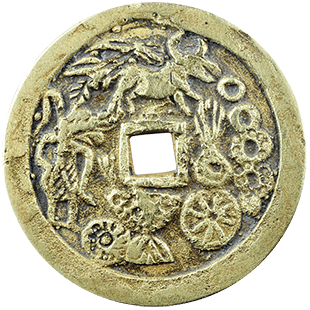

MA PERAK
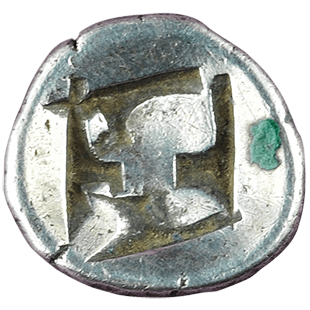
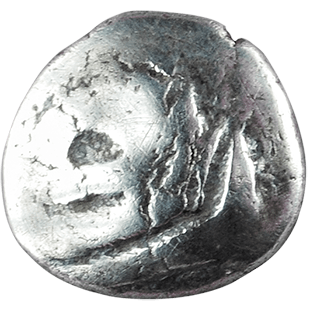
UANG KAMPUA
The glory of the Islamic kingdoms
In the 15th century, when islam spread across Nusantara, Islamic Kingdoms issued various currencies; for instance, currencies from Samudra Pasai, Aceh, Jambi, Palembang, Banten, dan Sumenep. Those currencies were commonly inscribed with Arabic script. This was proven by currency from Sumenep Kingdom, which originally was a foreign currency sealed with word "Sumenep" written in Arabic script. In the glorious times, Islamic Kingdoms were actively engaged in trading activities in Nusantara, so that their currencies circulated along with foreign currencies. For example: one Spanish real equaled to 16 Aceh mas (dirham) and 4 England shilling equaled to 5 Aceh mas (dirham).
DINARA/JINGGARA
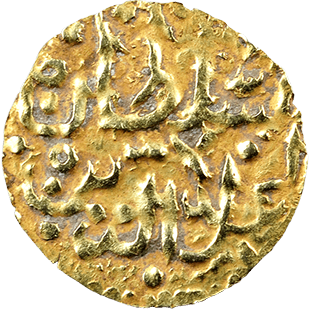
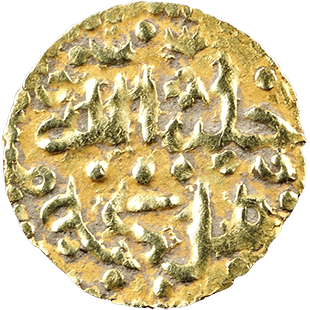
REAL BATU SUMENEP
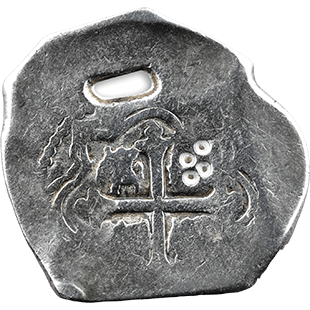

KASHA BANTEN
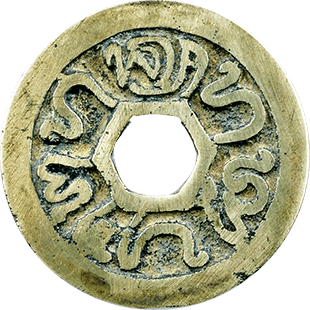
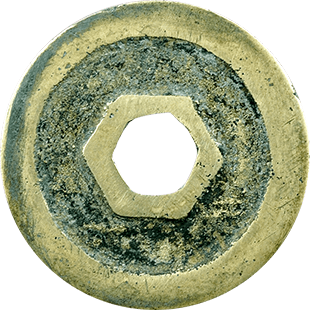
KEUEH ACEH
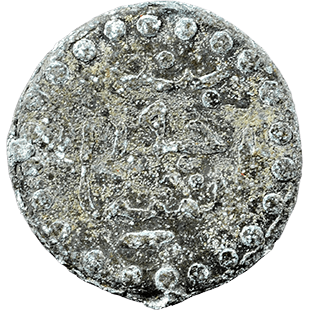
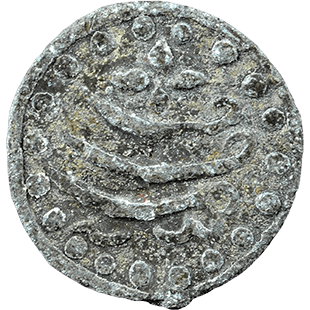
Colonial Money
VOC and the efforts to finance its trades
The United East-India Company, or the VOC (1602-1799), dominated the trades in the Archipelago and tried to replace all foreign currencies circulated in the area. It then set the silver Rijksdaalder as the legal tender in the Archipelago. In 1748, the introduction of currency notes in the form of certificates received a warm response from the public, and more certificates were duly produced in various denominations. Since 1783, VOC issued currency notes with 100% silver guarantee..
RIJKSDAALDER
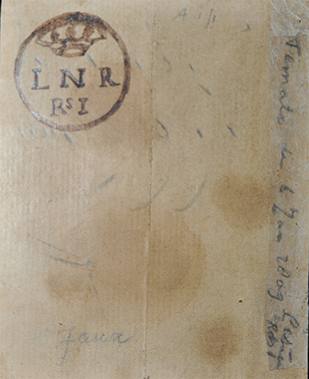
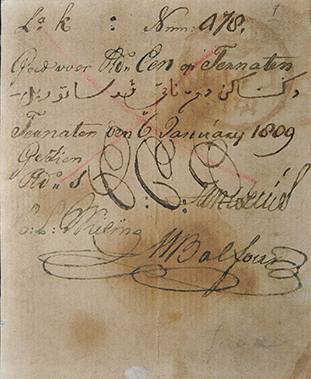
STUIVER
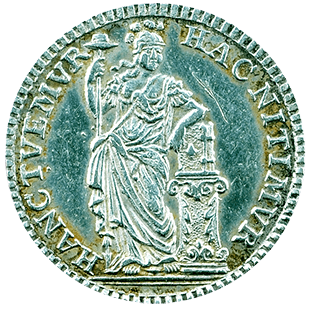
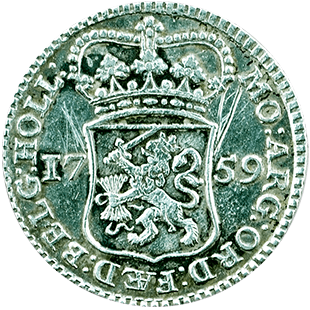
DUIT
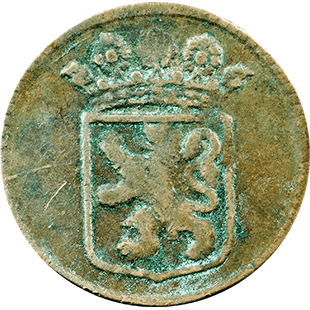
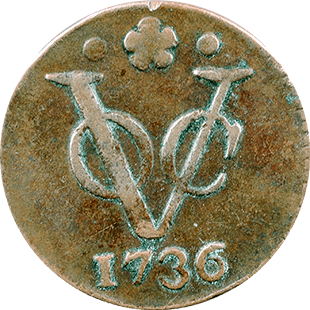
DUKATON
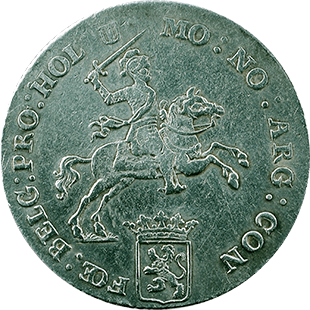

Hindia East Indies under the British interregnum
Ropij Jawa
When East Indies was under the British interregnum (1808-1815), Raffles tried to improve the monetary situation in the area. He withdrew around 8.5 million Rijksdaalder and reinstated the Spanish Real as the standard for silver coins. In 1813, the Spanish Real was substituted by Javanese Ropij made of gold, silver, and copper, minted in Surabaya.
REAL SPANYOL
ROPIJ JAWA INGGRIS
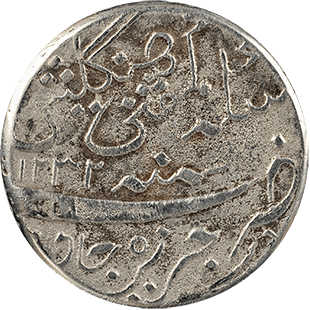

The governments of the East Indies and the Netherlands Indies
Uang Gulden Hindia Belanda
The governments of the East Indies and the Netherlands Indies
The relationship between the Netherlands Indies government and De Javasche Bank
Masa Oktroi I - VIII
In 1825, King Willem I proposal to establish a bank in Java was realized in 1828 when De Javasche Bank was established based on an 'octroi', special authority given by the King. De Javasche Bank had the authority to issue and circulate banknotes of five gulden and over. Due to the limitation of the banknotes printed, then Duit (the copper coin issued by VOC in 1727) was put into circulation again by Van Den Bosch.
Seri Biljet DJB 1000 f


Seri Biljet 50 f
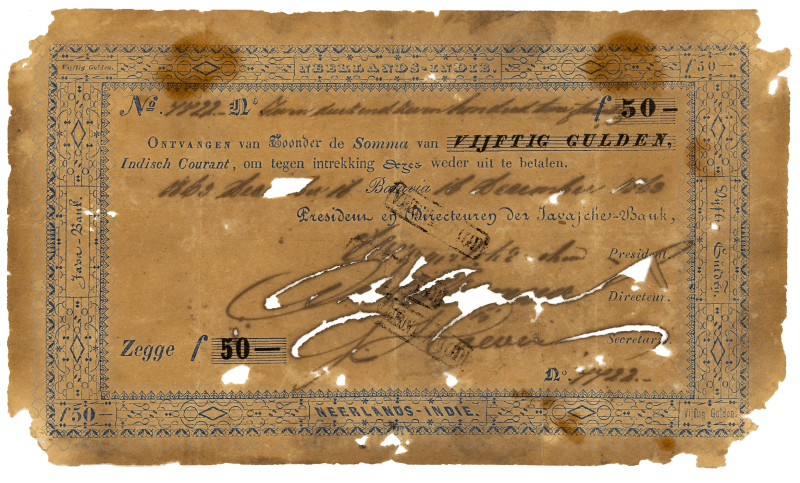
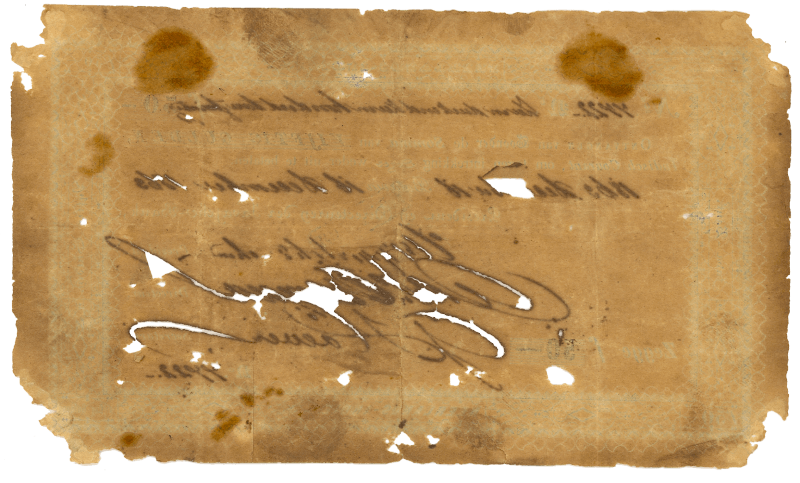
Seri Biljet 25 f
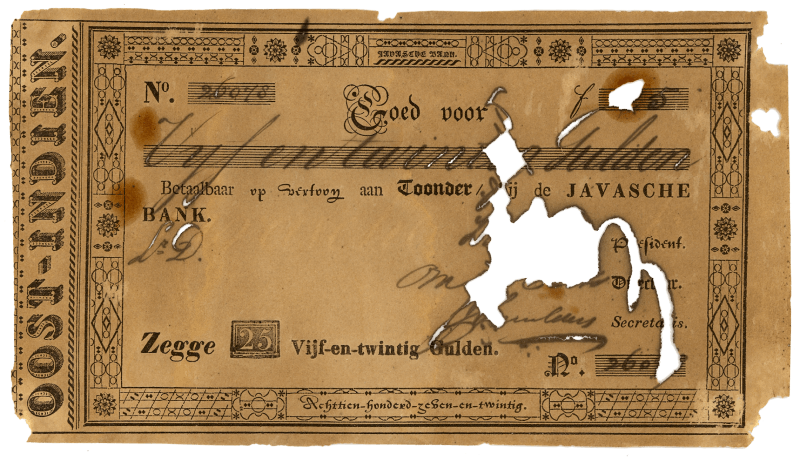
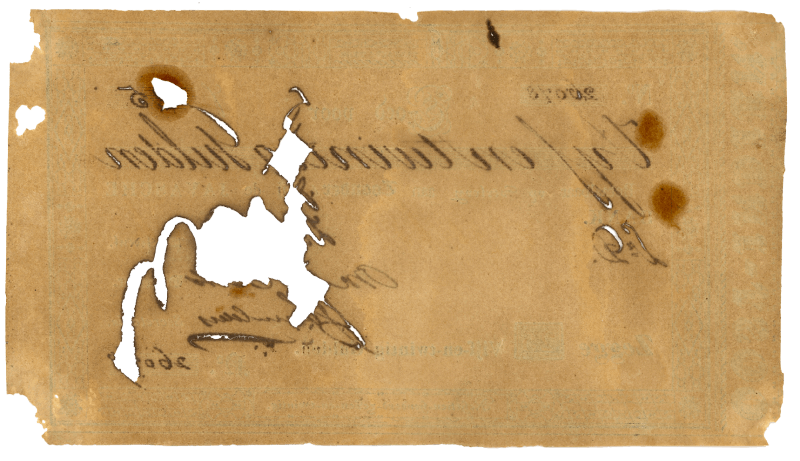
Masa DJB Wet
In 1922, De Javasche Bank Law replaced the Octroi. De Javasche Bank still had the authority to issue and circulate banknotes of five gulden and over. The Bank had issued notes in the series of J.P. Coen, Frame, and Mercurius. The series of traditional wayang dancers—were the last series issued before the Dutch capitulated to the Japanese.
SERI J. P. COEN


SERI BINGKAI
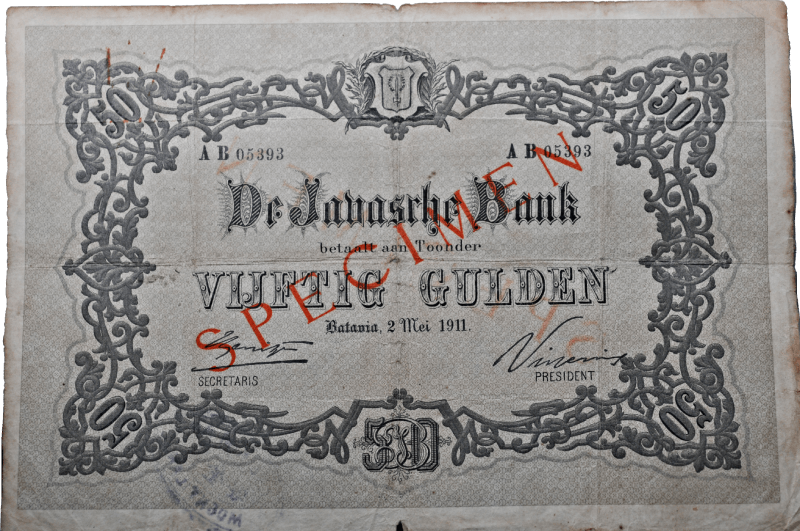
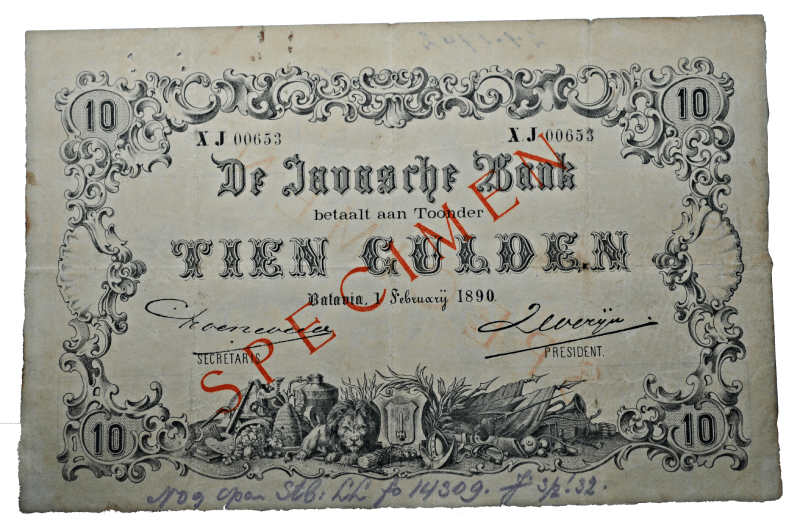
SERI MERCURIUS
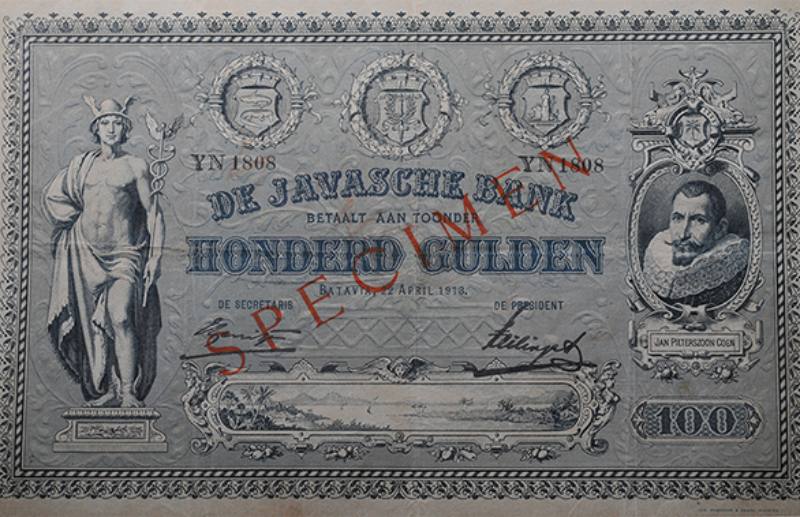
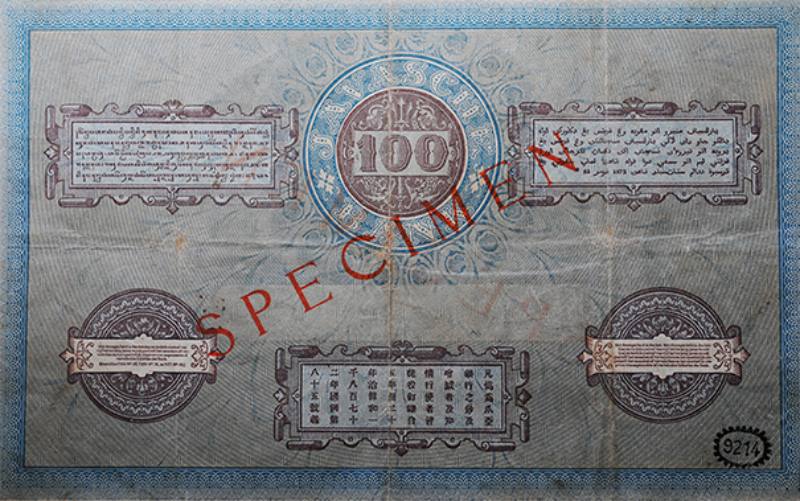
The Japanese occupation periods
Uang Jepang
During the Japanese occupation, the Gunseikanbu or the Central Military Government became the monetary authority. It forbade the usage of currencies other than the Netherlands-Indies Gulden and Rupiah. The Japanese military government also issued gulden and rupiah notes so called invasion money. After the arrival of the Allied Forces in Jakarta on September 29, 1945, the usage of these currencies was forbidden and the Netherlands Indies Civil Administration issued its own currency..
Dai Nippon Teikoku Seihu
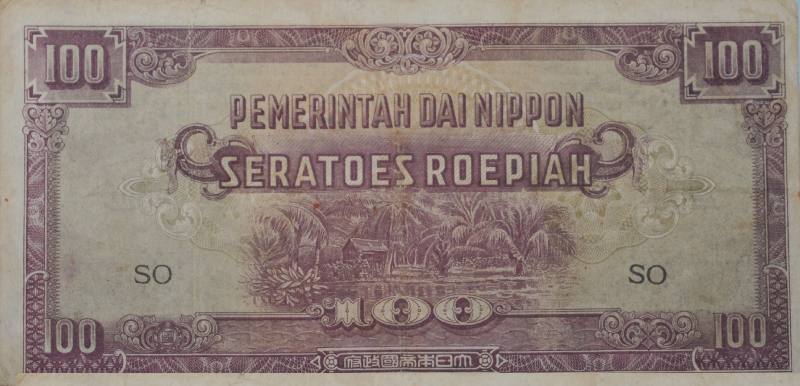
DE JAPANSCHE REGEERING 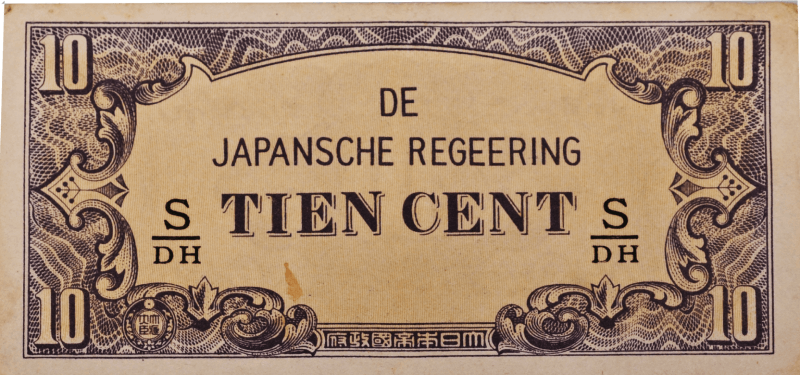
Money in the Early Stage of Independence
The independence of Indonesia and the arrival of NICA
Uang NICA
At the beginning of her independence, Indonesia was suffering from a disastrous monetary situation. A huge amount of Japanese rupiah – around for billion – was circulating in the area. The situation worsened as NICA, supported by the Allies, took over Japanese banks in the areas and used the Japanese rupiah to cover their military operations and pay the native officials. NICA also circulated the currency throughout the Archipelago to gain sympathy from the public. A new currency, known as NICA money, was issued; thus worsening the monetary situation.
Due to the absence of fund and expertise, the Indonesian Government could not immediately issue their own currency On October 3, 1945 the government determined the currencies issued and still in circulation up to the time of the Japanese Military Government as the legal tender in Indonesia. The day before, on October 2, 1945, the Indonesian government issued a decree to obsolete NICA currency.
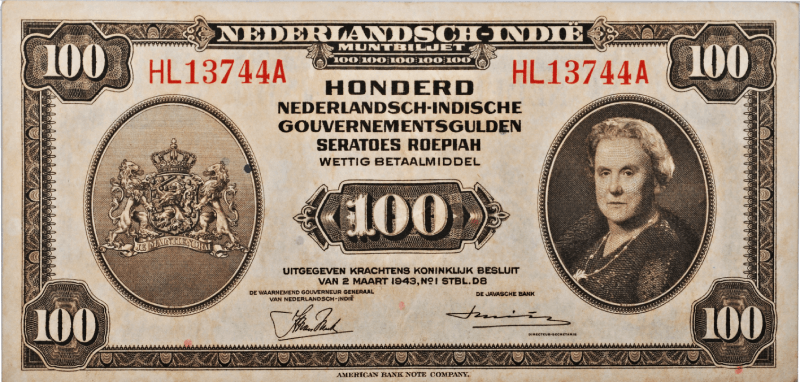






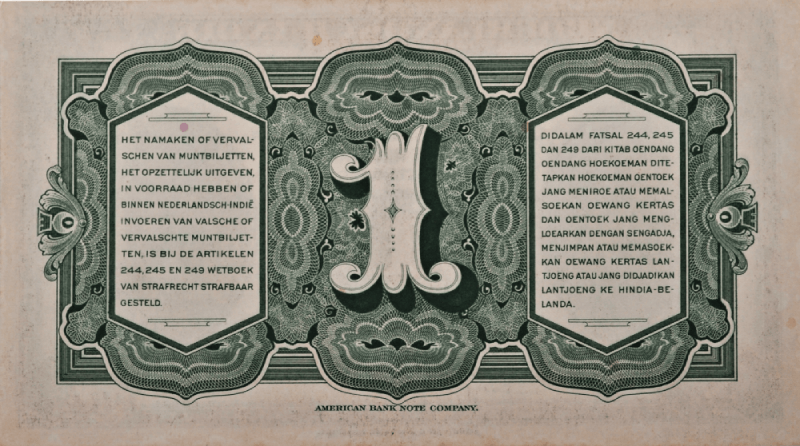
The ORI as a means of struggle
Uang ORI
The chaotic situations following the Indonesian independence made it difficult to circulate ORI, the legal tender of the young Republic. ORI was then secretly circulated, and managed to captivate the public sympathy, thus awakening solidarity and patriotism of the people.






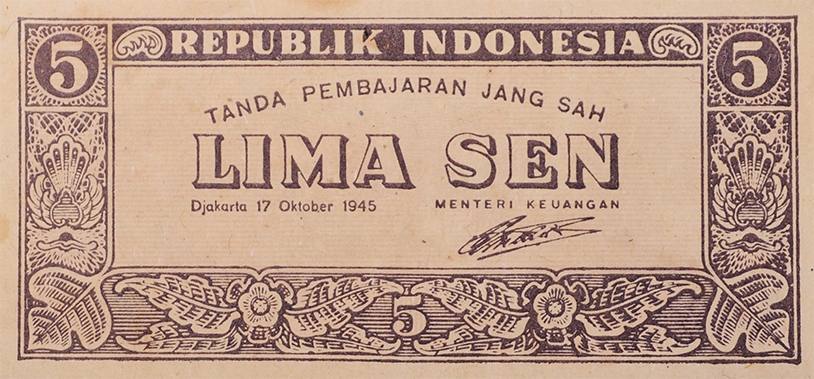
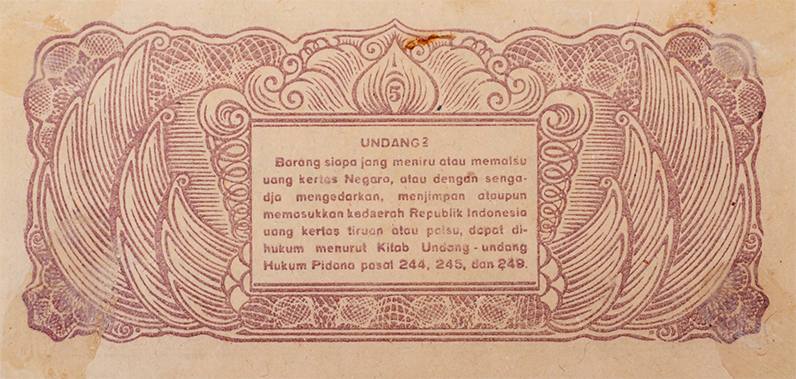
Uang ORIDA
After the Dutch Military Aggression, to overcame the scarcity of means of payment in the regions, the central government then gave the authority for local governments to issue their own currency. This so called local ORI, or ORIDA, would be valid temporarily only in its respective area. Since 1947, local ORI had been issued a.o in the Province of Sumatra, Banten, Tapanuli, and Aceh.
ORIDA LAMPUNG
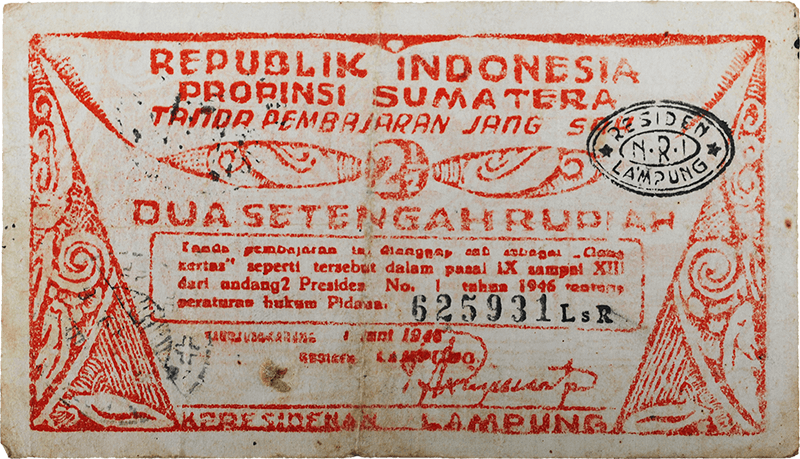

ORIDA SUMATERA
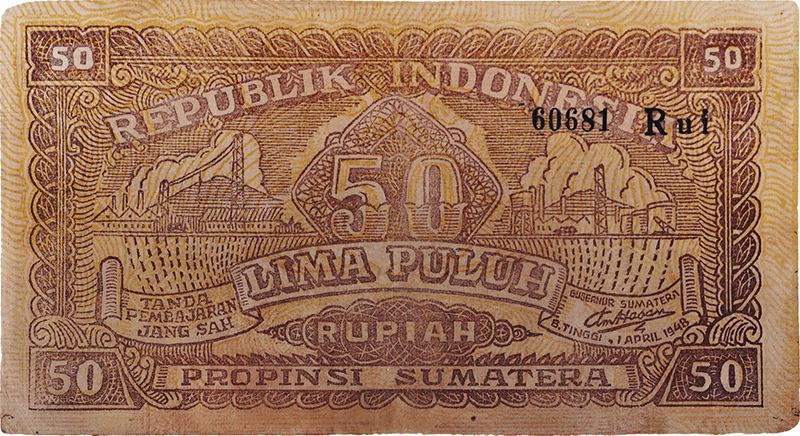
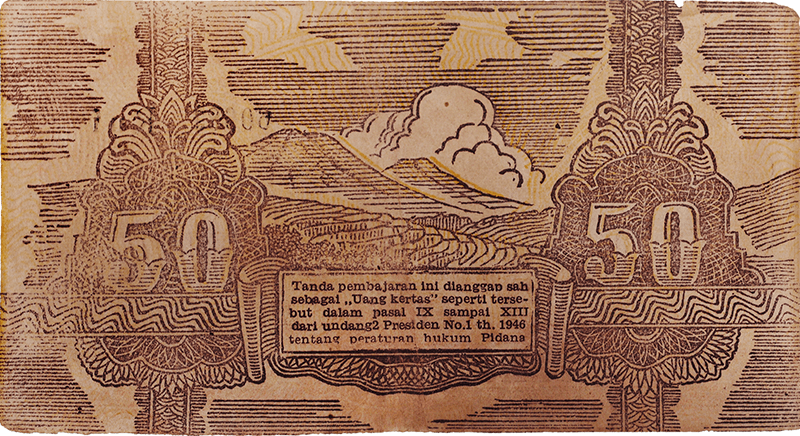
ORIDA BANTEN

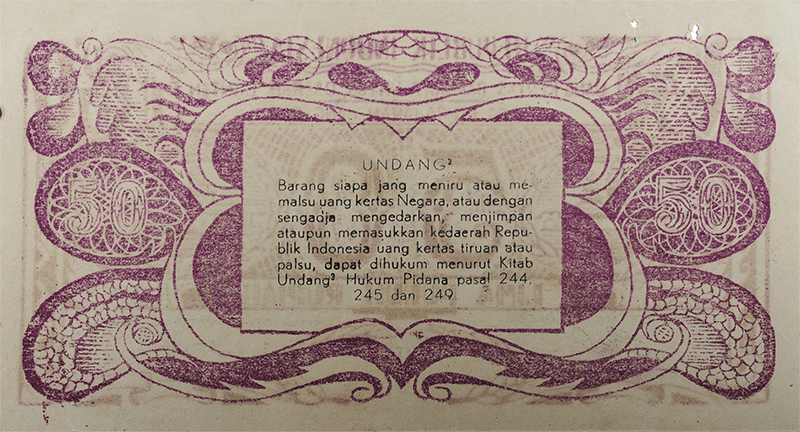
The money of the Republic of United States of Indonesia and Sjafruddin's scissor
On May, 1950, the Government of the Republic of the United States of Indonesia (RIS) withdrew ORI dan ORIDA, and replaced them with RIS currency that had been in force since January 1, 1950. On March 19, 1950, the Minister of Finance Sjafruddin Prawiranegara, took the "Sjafruddin Scissor" policy, cutting in two the currency notes issued by De Javasche Bank and the Netherlands Indies Government of over f2.50, to improve the financial condition of the country. The left-hand side remained valid as legal tender with 50% of value, while the right-hand side could be exchanged with State Bonds 1950. In August 1950, as Indonesia returned to the form of the Unitary Republic of Indonesia, then RIS money was no longer valid.
RIS
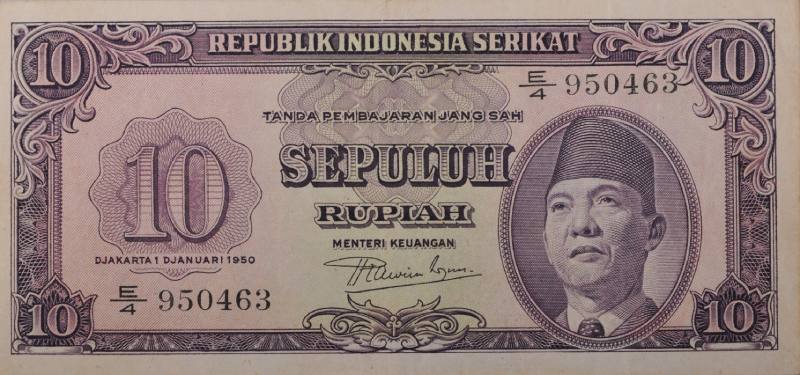
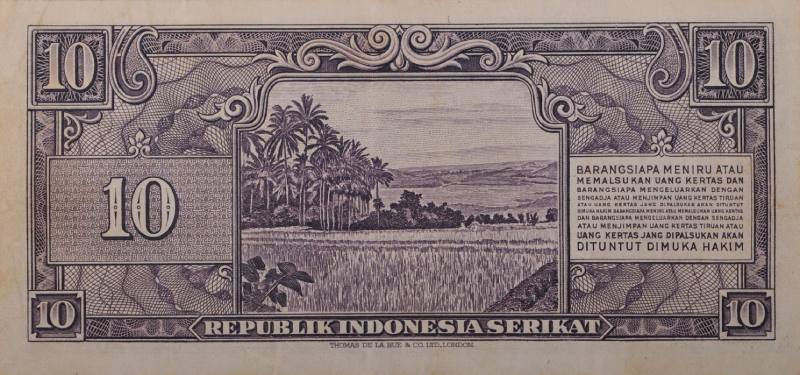
Government and Bank Indonesia Money
The authority of Bank Indonesia and the government
According to Act No. 11/1953 on Bank Indonesia, the Bank held the authority to issue and circulate banknotes of five rupiah and over. Meanwhile, the government issued notes and coins of lower than five rupiah. This situation changed as Act No. 13/1968 was enacted, declaring Bank Indonesia as the only institution having the authority to issue banknotes and coins of all denominations. Such authority is further stated in Act No. 23/1999 on Bank Indonesia, which is then amended by Act No. 3/2004.
UANG PEMERINTAH
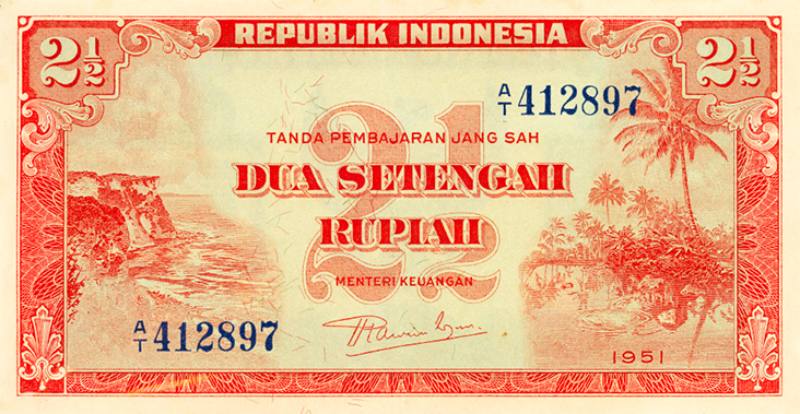
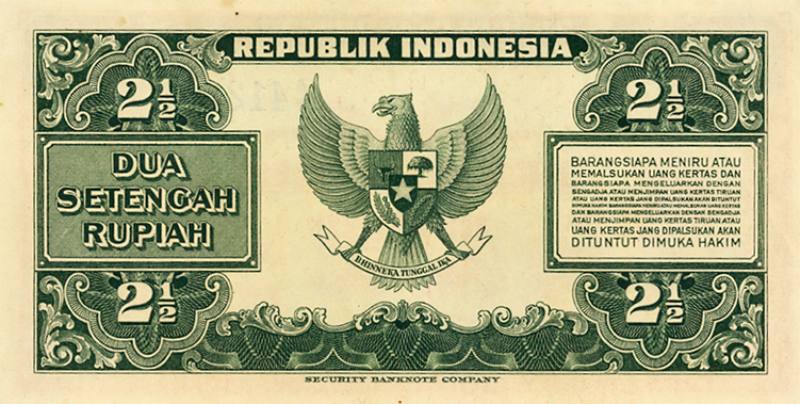

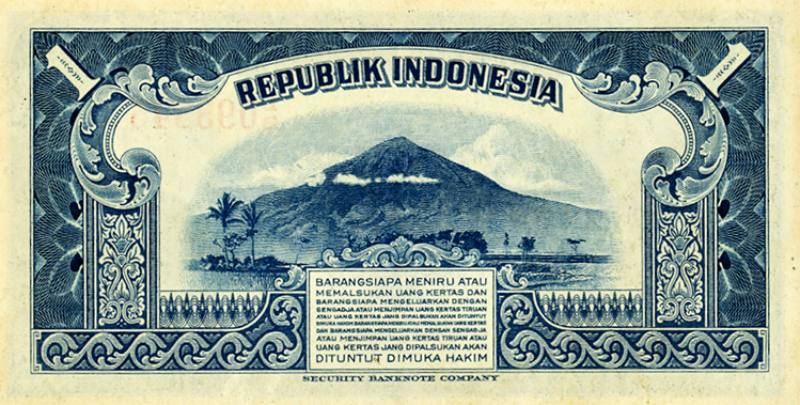

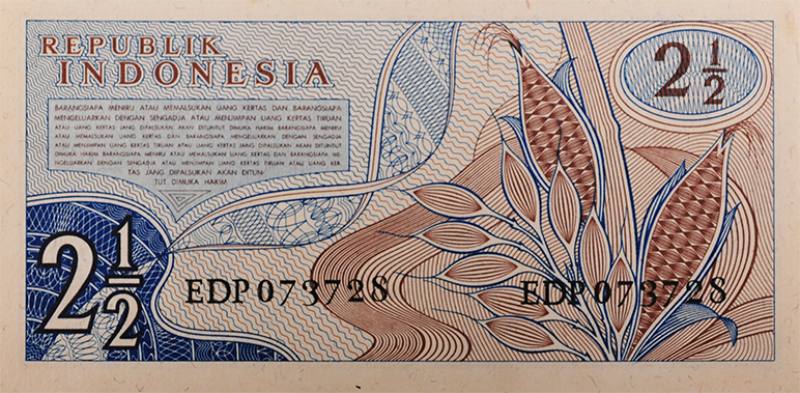
Bank Indonesia Money
In 1953, Bank Indonesia notes were issued for the first time. The banknotes had the year mark of 1952 and consisted of seven denominations ranging from Rp 5 to Rp 1000. The notes had been prepared along with the drafting of the act on the central bank, and was printed in several printing companies i.e Thomas De La Rue & Co. in England, Johan Enschede en Zonen, Imp. In the Netherlands and NV Pertjetakan Kebajoran in Jakarta. The issuance was then followed by series of "Animal", "Handicrafter", "Flower and Birds" and "Heroes".


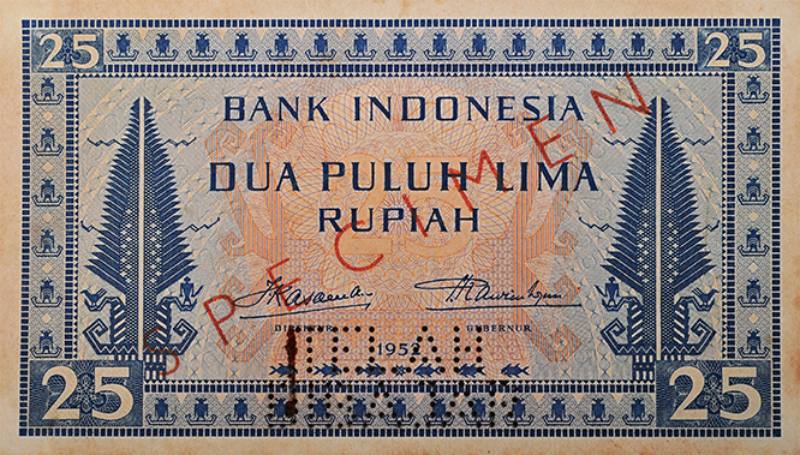

The Riau Islands Rupiah
In October 1963, the Government and Bank Indonesia issued the Riau Island Rupiah (KR Rp) to overcome the Malayan Dollar that had hitherto been holding sway in the region. The KR Rp was replaced by the common rupiah prevailing in the whole region on July 1, 1964, except West Irian.


West Irian Rupiah
In October 1963, the Government and Bank Indonesia issued West Irian Rupiah (IB Rp) to replace the Netherlands Indies Gulden previously circulated in the area. IB Rp was valid until May 1, 1971.
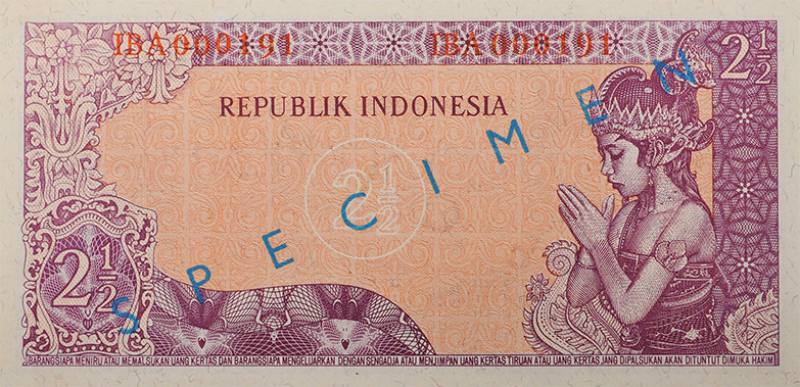

Preparing monetary unification in Indonesia
To create monetary unification throughout the Indonesian Archipelago, a presidential decree was issued, declaring New Rupiah as legal tender all over country. Bank Indonesia had the sole authority to issue notes and coins in various denominations. The last issue of the government notes was the Soekarno series of 1964.
The attainment of the monetary unification
The Presidential Decree No. 8/1971 of February 18, 1971, declared the general rupiah as legal tender in the Province of West Irian, along with west Irian Rupiah that would gradually be withdrawn since May 1. 1971. With this policy, the monetary unification for the whole area of Republic.
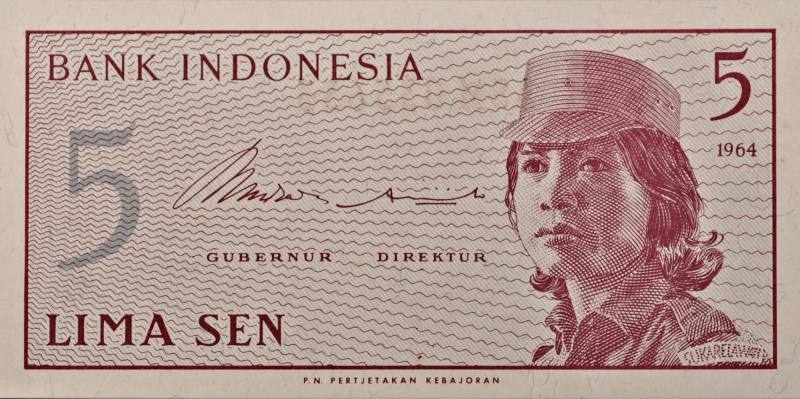
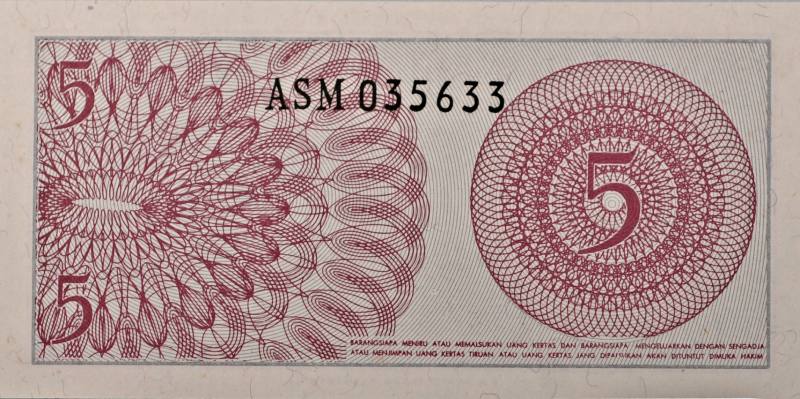
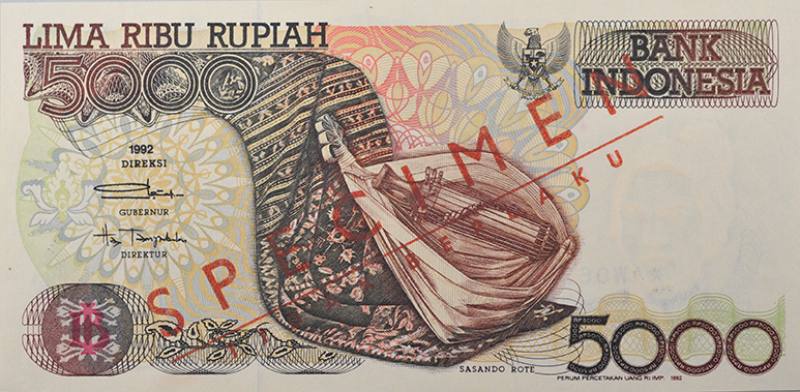
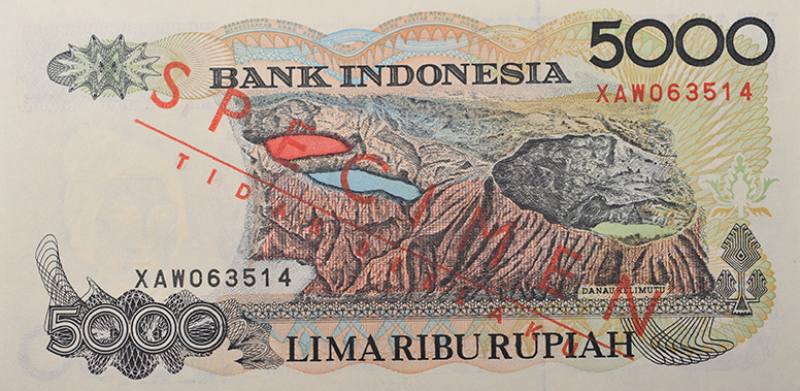
Bank Indonesia as the sole institution with the authority to issue and circulate money
Based on the Act No.11/1953, Bank Indonesia was only authorized to issue banknotes with the value of five rupiah and over. Notes under five Rupiah and coins were issued by the Government In 1965, however, Bank Indonesia was given the authority to issue money in all denominations. Then based on the Act No.13/1968, Bank Indonesia held the sole authority to issue money.
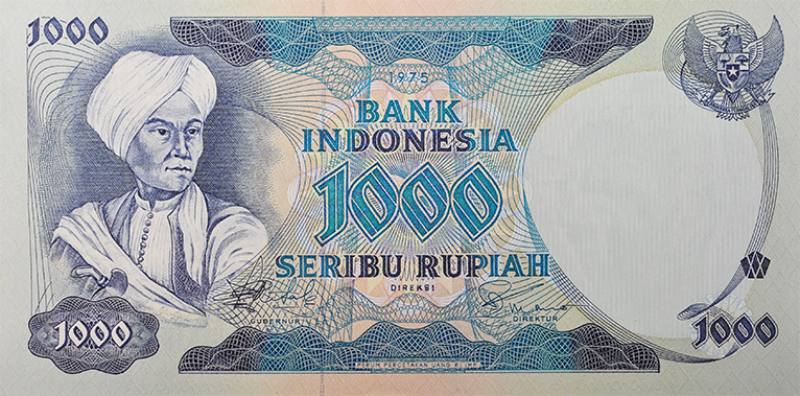
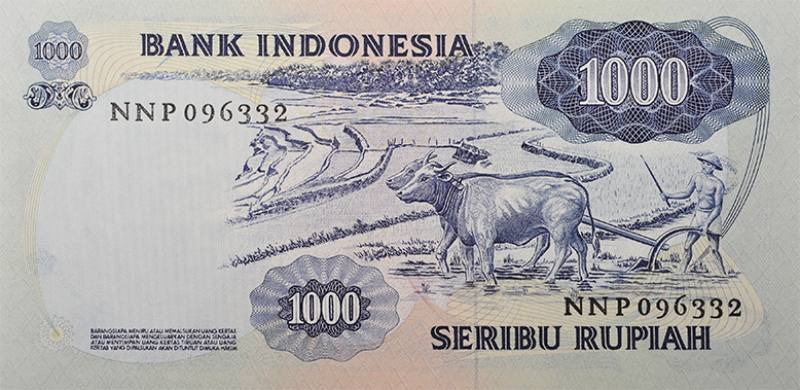
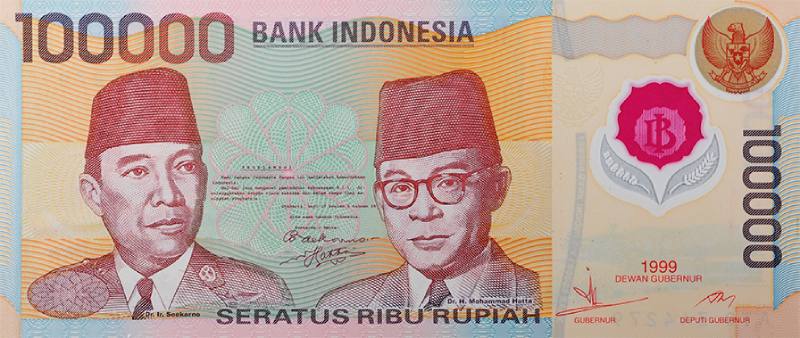
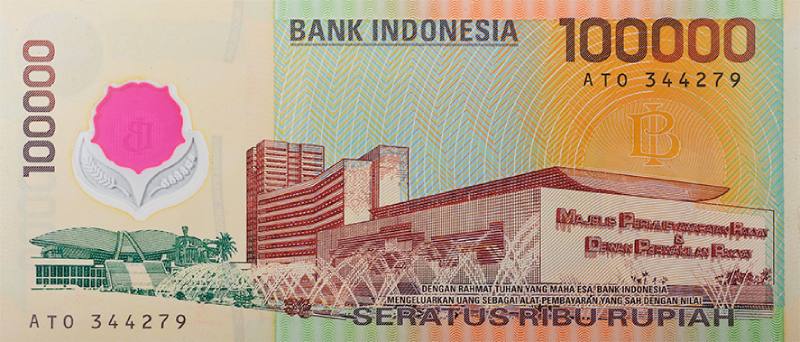
Token Money
Token Money
Token money means money, nominal value of which is higher than its material value. Token money may also mean temporary money within a limited area issued by certain institutions, such as plantations, casinos, and recreation centers. The tokens can be made of paper, wood, bamboo, or metal. The issuing institutions determine the terms of condition such token money.
Many plantations were established in the Netherlands-Indies, and there was an urgent need for small denominated currencies. As the Government was not able to provide such currencies, the private plantations were given authority to issue and circulate their own currencies, valid only in the respective plantations. Such token money was no longer in force since 1911, as the Government finally succeeded in meeting the plantations' needs.
Under the Government of the Dutch East Indies, many foreign-owned plantations emerged, thus requiring currency to facilitate transactions but the materials needed to produce money were scarce, therefore plantation owners issued and circulated their own money for use within the plantation environment, known as Plantation Token Money. In 1911, however, plantation token money was no longer recognised as legal tender because the Government of the Dutch East Indies could already meet demand for small denomination money at the plantations. Poeloe Radja Asahan was an example of plantation token money, with a nominal value of 1 and 10 cents.
TOKEN PERKEBUNAN CIMAHI
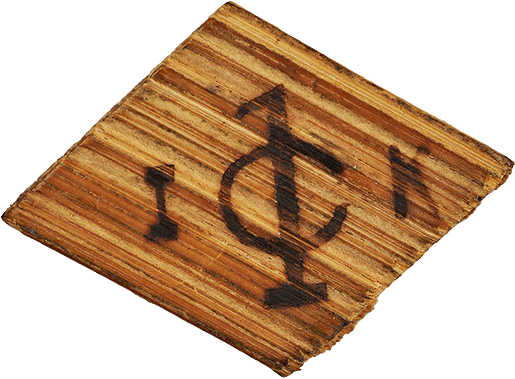
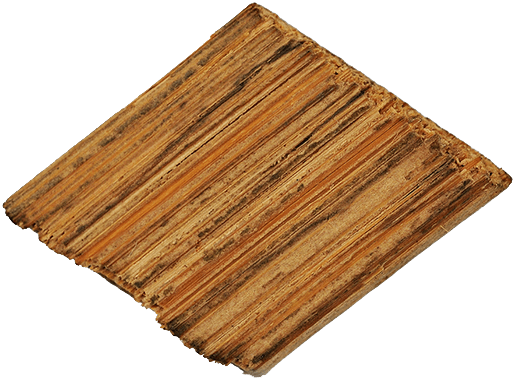
TOKEN PERKEBUNAN TEMBAKAU SANDAKAN
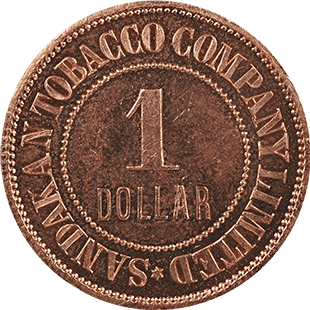
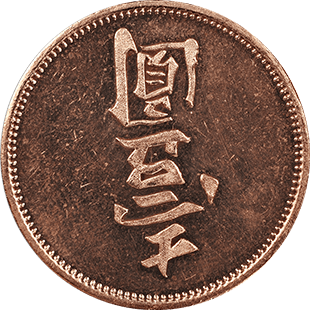
TOKEN PERKEBUNAN ASAHAN
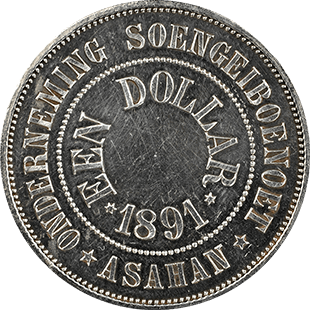
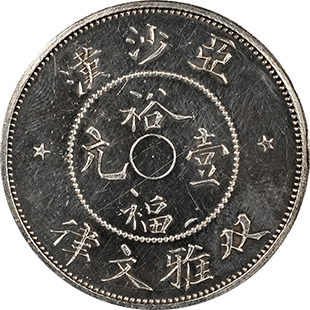
TOKEN PERKEBUNAN RIMBOEN DELI
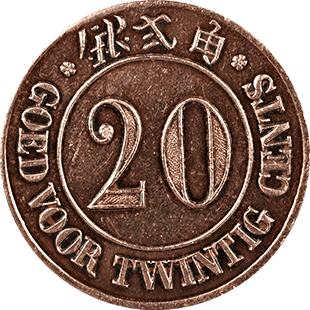
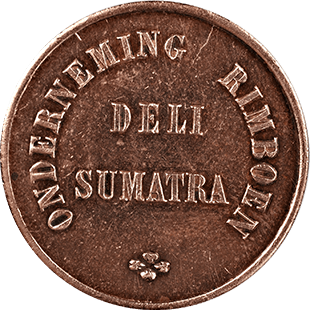
TOKEN PERKEBUNAN Societe Des Tabacs
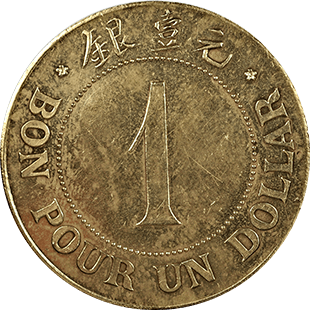
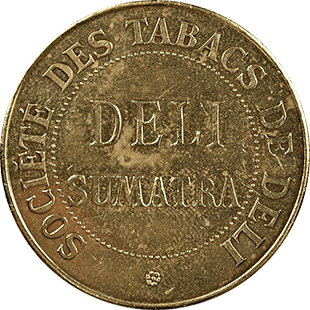
TOKEN PERKEBUNAN Sei Kambing Gantang Brass
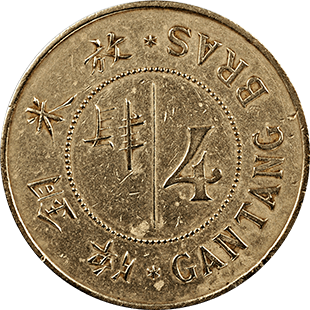
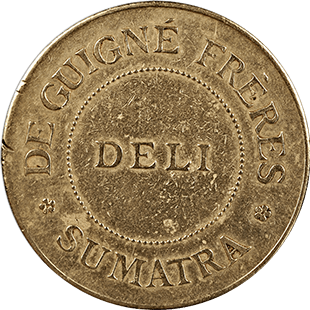
Special Money
Commemorative money
Bank Indonesia issues collectible commemorative coins and notes to honor special occasions or special purpose. The first issue was to commemorate the 25th anniversary of Indonesia's Independence Day.
The series issued afterwards were Conservation of Nature (1974 and 1987), Save the Children (1990), Long term Development I (1993), Children of the World (1999), Bung Karno (2001), and Bung Hatta (2002). Those series are Commemorative coins made of gold or silver, except the Long term Development I series which is commemorative notes made of polymer substrate.
During the monetary crisis, people rushed to the banks and withdrew their money in a large scale, creating a severe need for cash. As the banknotes reserve in Bank Indonesia became depleted, the plastic notes of Rp50.000 – initially issued as collectible commemorative notes – had to be used in order to fulfill banks 'liquidity needs.
Seabad Bung Hatta (2002)
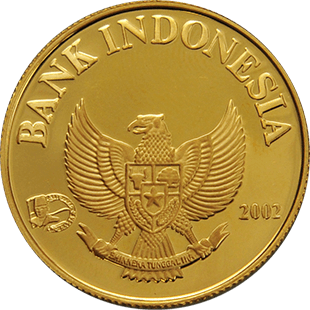
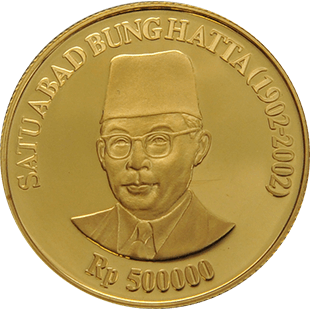
100 tahun Bung Karno (2001)

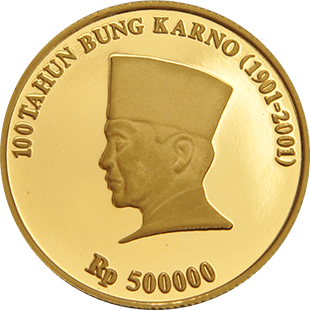
Save the children (1990)

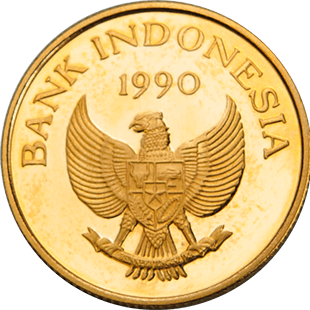
Seri-seri Cagar Alam
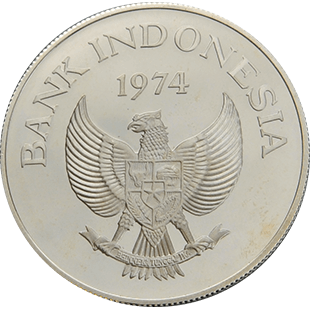
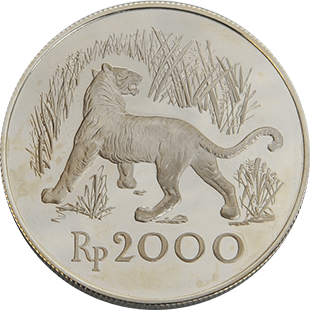
Uncut blacknote
Uncut banknotes consist of two or more pieces of notes that remain uncut, making the pieces stay interconnected. The notes are printed in such a way and in a limited number, serving the interest of collectors. Uncut money is legal tender even though not used in our day-today transaction.
On December 1, 2004, Bank Indonesia issued uncut banknotes of Rp20.000 and Rp100.000, both in twos and fours. On October 20, 2005, Bank Indonesia again issued uncut banknotes, this time in Rp10.000 and Rp50.000 denominations, both also in twos and fours.
1 Desember 2004, Bank Indonesia pecahan Rp 100000
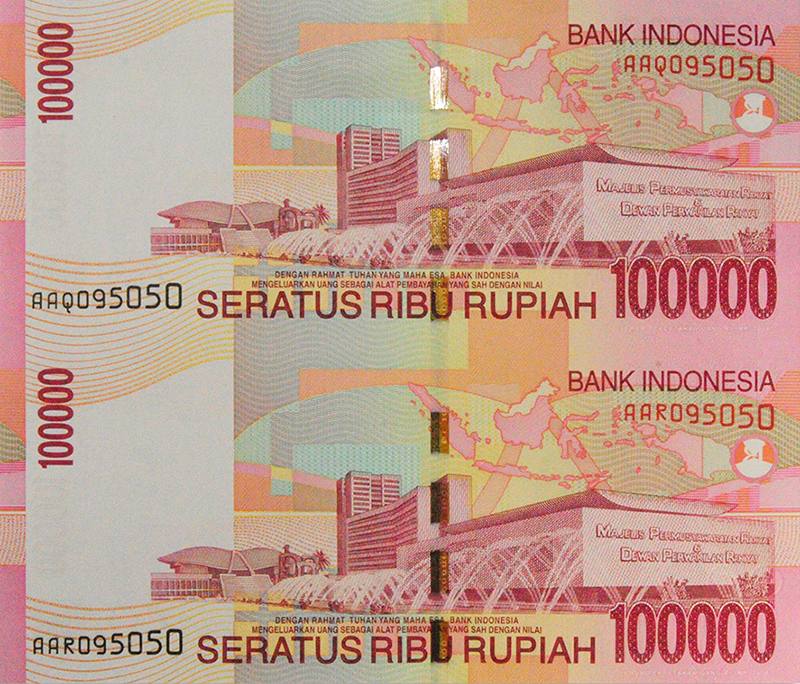
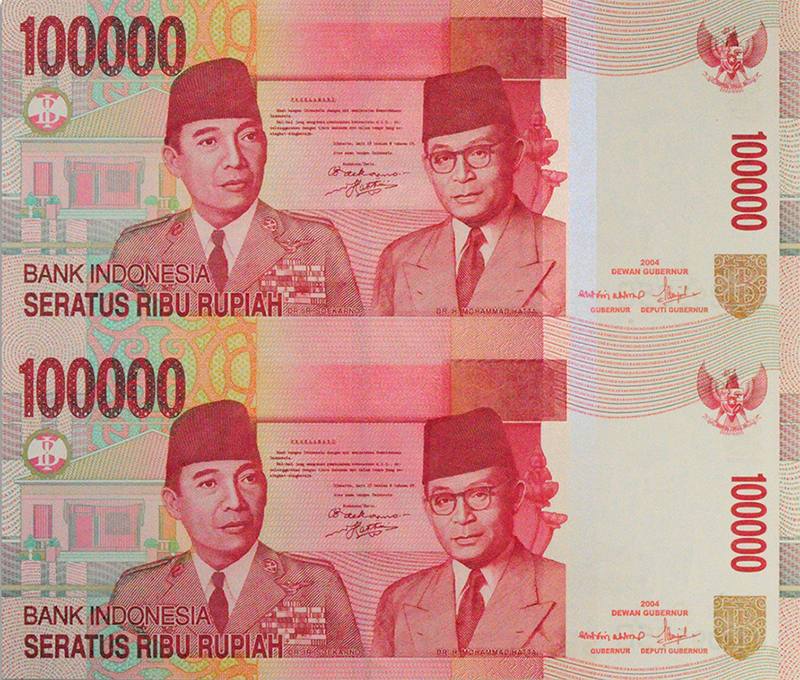
1 Desember 2004, Bank Indonesia pecahan Rp 20000
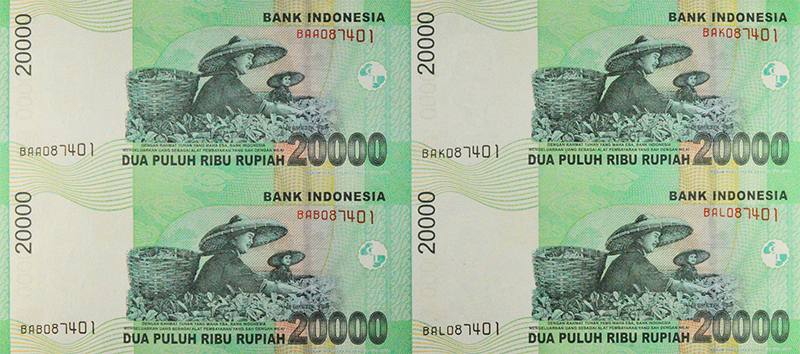
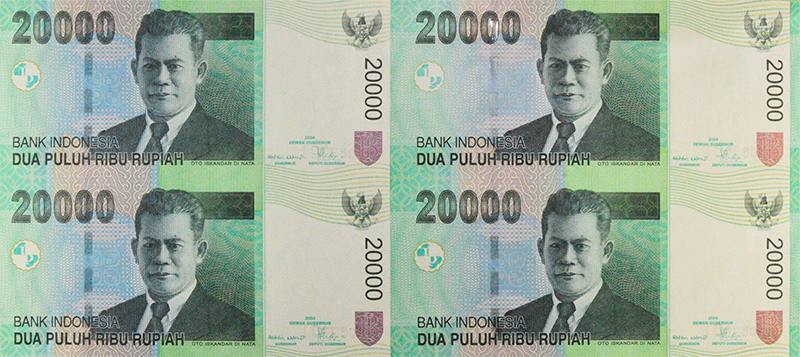
Source: https://www.bi.go.id/en/layanan/museum-bi/koleksi-museum/default.aspx


0 Response to "Make Nature Legal Again Silver Coin"
Enviar um comentário